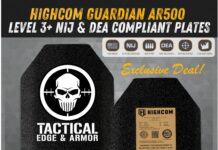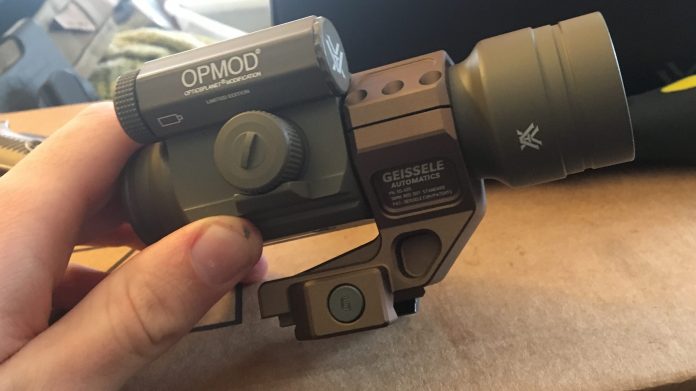
Rifle optics are an immense and diverse subject.
I’m adding an additional consideration. This may make the decision more complex. This may make the decision simpler. I hope it better informs the decision.
When picking an optic you must also pick a mounting interface. Certain optics come with one integrated, others have an included but non-integral mount, the remainder require the user to select a compatible one.
30mm reflex rifle optics are a recognized standard. They sit atop service and patrol rifles worldwide. Mirco optics have gained popularity in recent years as have LPVO’s but the standard in most places continues to be filled by optics like the Aimpoint PRO and the US Army’s CCO M2 and M3 variants.
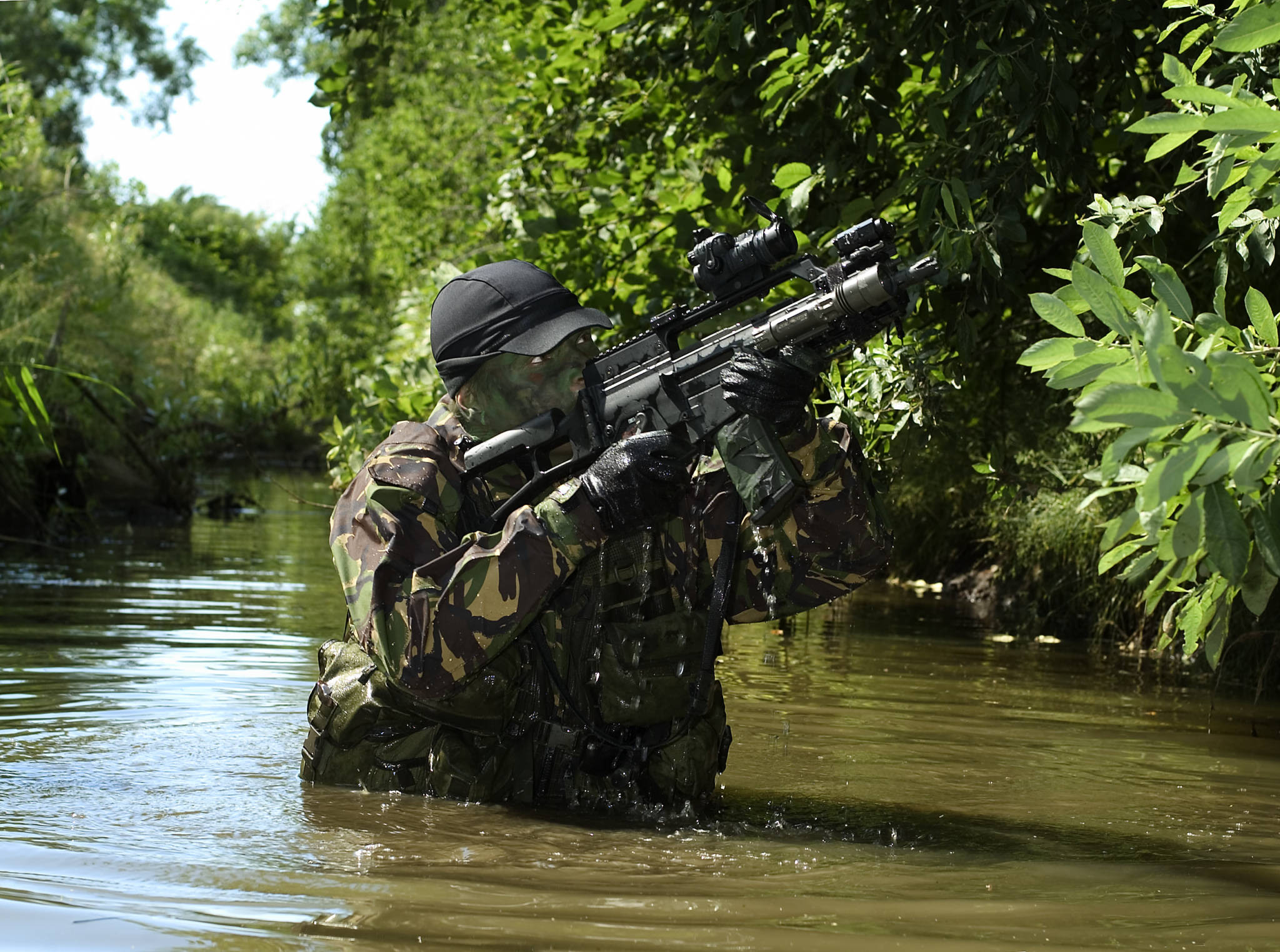
The speed, ruggedness, and usability of these sights has been well documented by end users. The availability and cost of quality 30mm CCO style optics is excellent today.
But back to the mount, a largely overlooked component especially when one is included from the factory.
A quality mount will make or break the system (sometimes literally break). It will keep everything tight and accurate or it won’t depending on the attention to detail in the manufacturing process. It’s durability will be largely dependent on these details as well.
Included mounts are usually done for the convenience of the buyer. The money is all in the sight, not the mount. Using an included mount isn’t wrong but you’re making a decision, with few exceptions, that is putting a critical piece of equipment on the cheapest piece a manufacturer could get away with to make the optic more appealing as an “all-in-one” purchase. There is a drastic disparity between the quality of the sight and the mount keeping it on the rifle properly.
If you want to see how much, look at what the sight sells for without a mount or the mount sells for alone. I recommend selecting and purchasing an upgraded mount.
There are few companies I trust as highly as Geissele to provide an eminently well designed product to fulfill a need.
The Super Precision series of mounts is offered for a variety of optic designs. The Super Precision PRO is specifically for the CCO/PRO style 30mm optics.
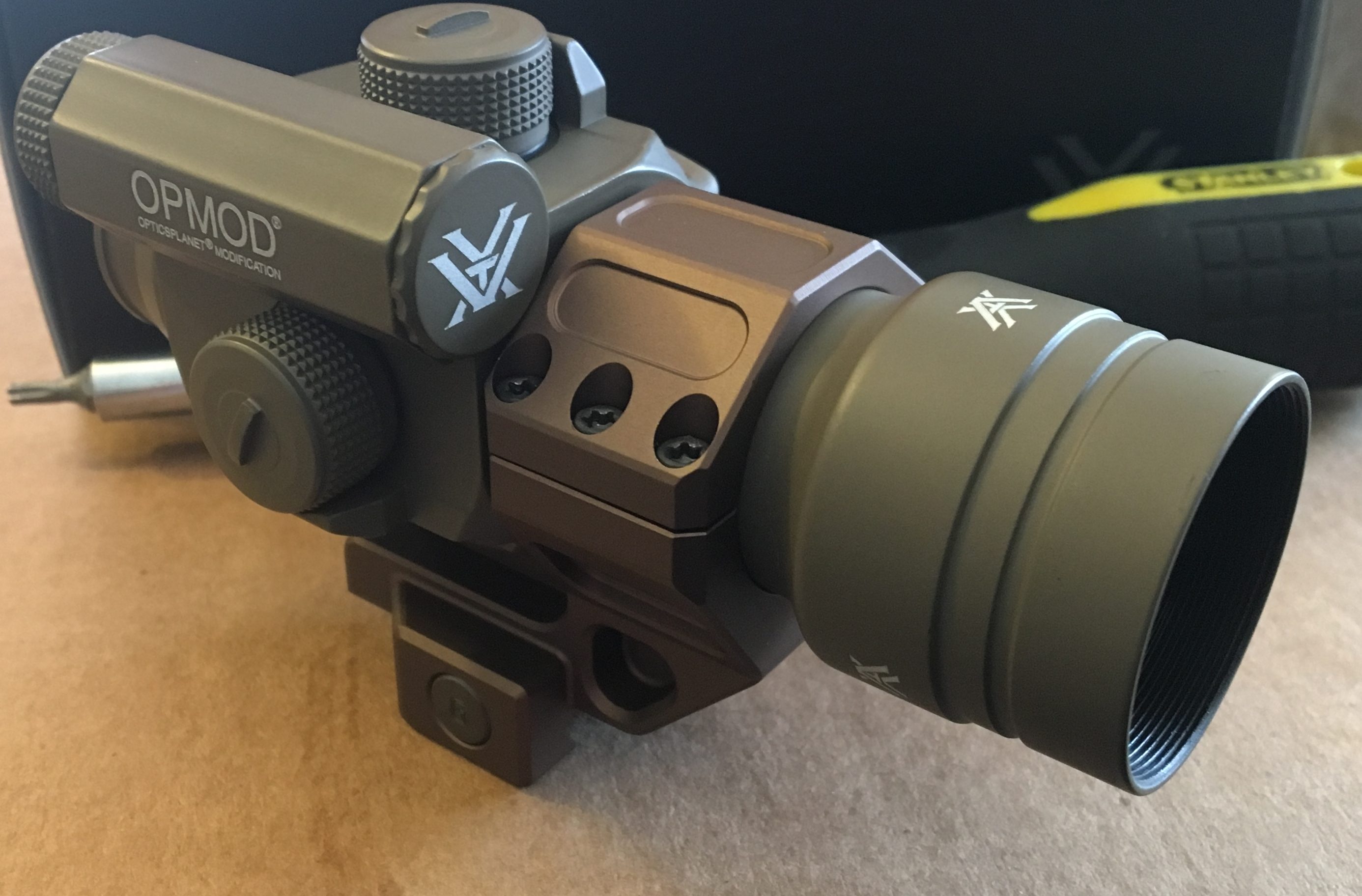
The 7075-T6 aluminum mounts come in black or their patented DDC (Desert Dirt Color) anodized Type III hard coat. Rigid, durable, and quality material. Machining has reduced the weight while removing sharp edges and maintaining optimal strength.
6 Torx screws hold pressure on the single large ring holding the optic in position. It has a forward swept design that assists in optic offset and provides space for a magnifier or night vision behind if the user desires. It will easily cowitness any AR height iron sights.
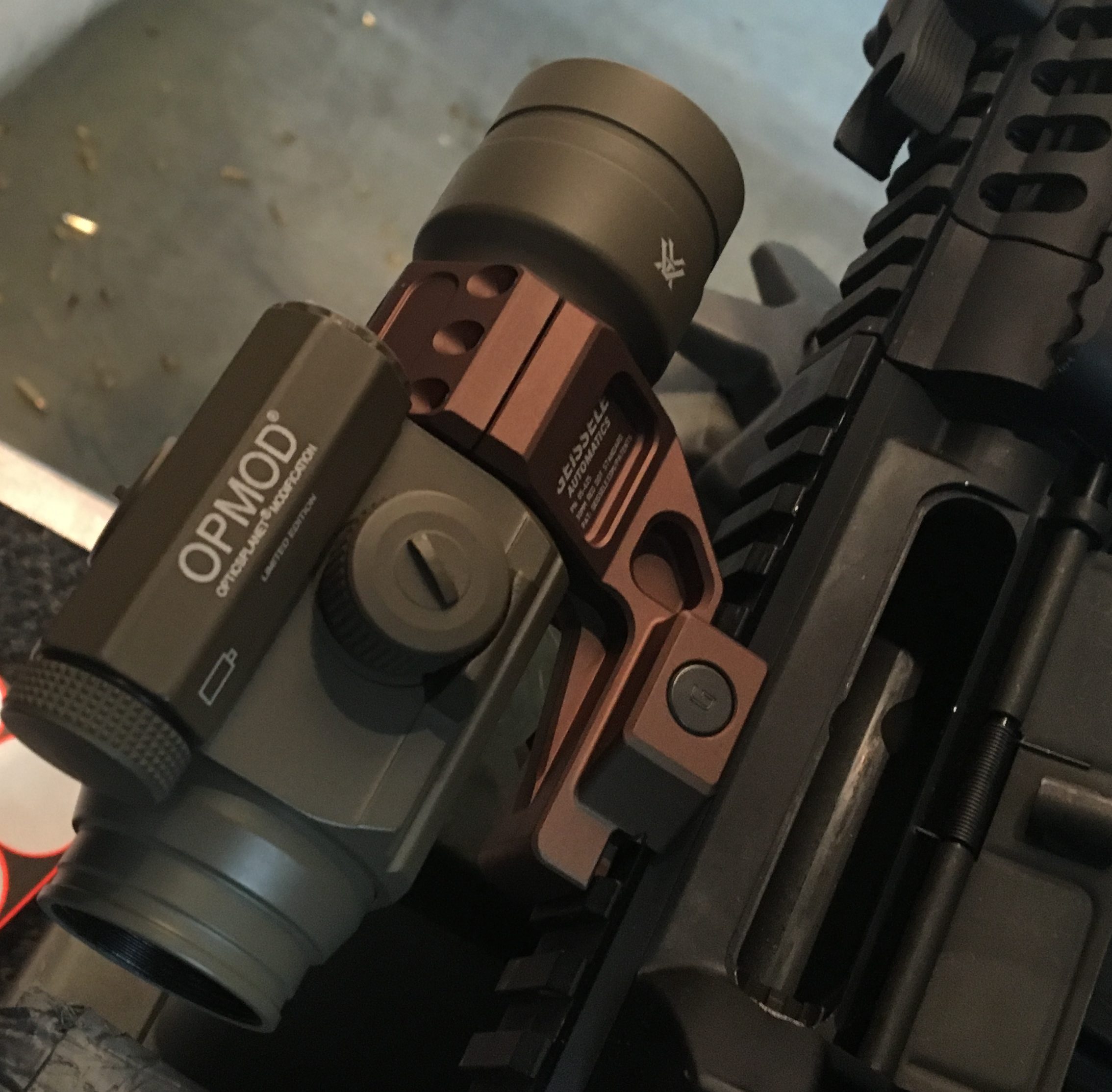
Mounting it anywhere on an AR flattop will give usable positioning. I generally forward bias my optics toward the first few 1913 slots in the upper.
Aluminium 6 screw mounts are actually fairly standard, so what sets the Geissele as exceptional? Beyond the impossible to type properly name and sterling reputation.
Mount interface design.
Where many mounts interface well with the optic the weakness comes where it interfaces with the firearm.
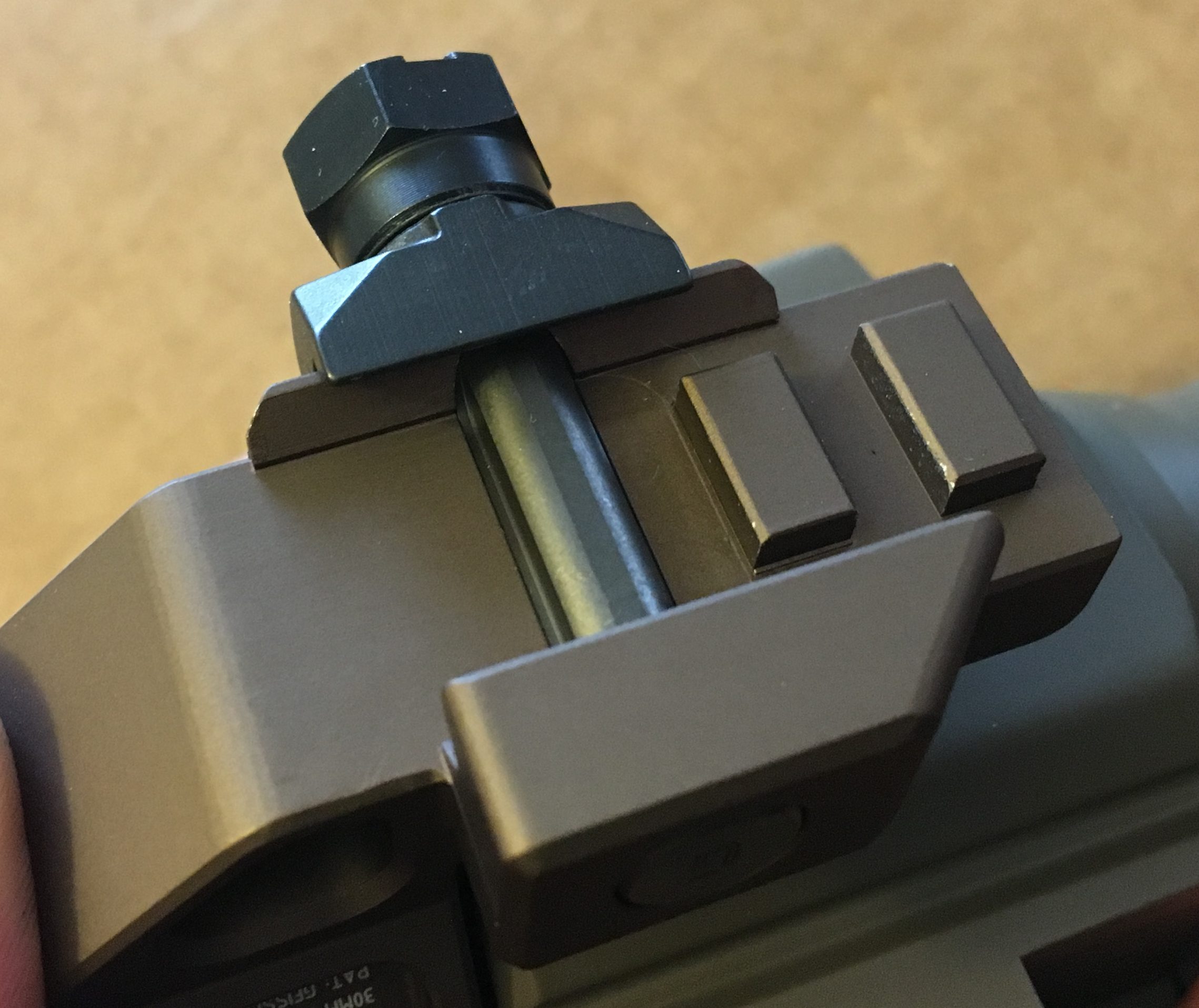
All of these mounts utilize a cross-bolt of some sort. The bolt, sometimes a washer, and a clamping piece provide lateral pressure to hold the optic in place. The components selected by Geissele can provide 1,400lbs of lateral force. In addition the anti-sheer cross bolt design and two additional anti sheer lugs keep the optic from moving forward or backward on the 1913 flattop.
Most mounts do not offer this level of recoil induced motion control in the design. The Super Precision PRO requires a cleanly cut and in spec 1913 rail but it eliminates forward and rear sheering almost entirely. The optic will not move under recoil, even if the lateral clamping force is low. This is critical for accuracy and ease of return to zero.
Other mounts recommend that you forward bias the optic in the slot. It will slide forward and backward dependent on how close the anti-sheer lug is to 1913 Picatinny specification. Many lugs are Weaver rail slot specification to allow mounting on a greater variety of rails and this leaves a lot of space for possible movement.
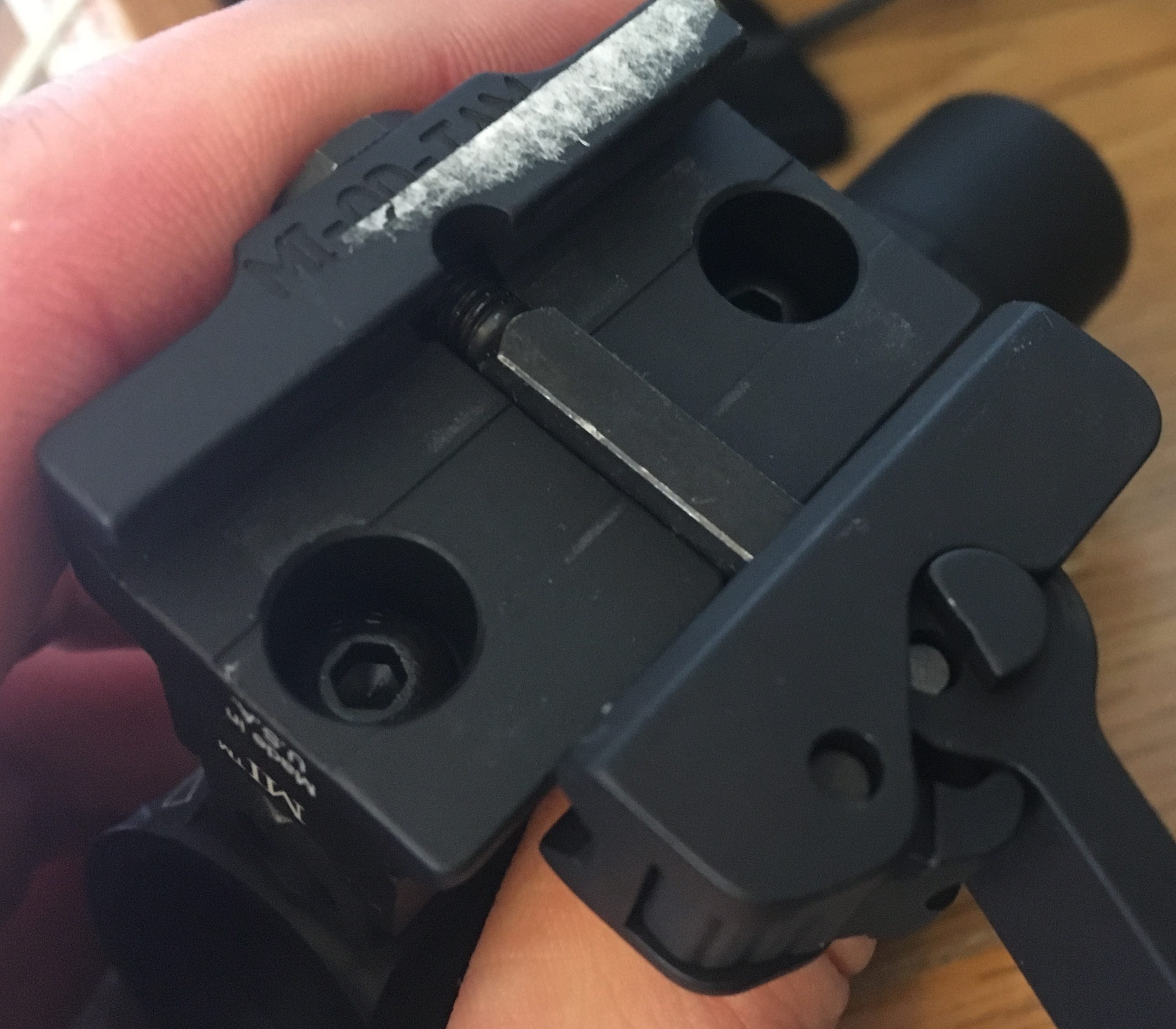
The Midwest Industries mount in the picture has one anti-sheer lug and a large lateral clamping surface. It’s a fantastic mount but requires the forward bias mounting method and with too little lateral clamping force the optic will slide forward and backward. It’s quite easy to to set correctly and once done the mount works exceptionally.
The Geissele eschews all those considerations through added precision and attention to detail of the mounting interface engineering. The trade off is that it is not a tool-less quick release, a few seconds with a multi-tool screw driver or a wrench though and you’re done. No setting, adjusting, and resetting the mount. Loosen the nut, mount to flattop, tighten the nut a little beyond hand tight and the Geissele is set.
Removing the Super Precision PRO and remounting produces exceptional return to zero on Point of Aim/Point of Impact. There is nothing to bump out of adjustment and applying a different lateral force (either tighter or looser) will have less effect on zero shift due to the anti-sheer design.

Nothing rezeros perfectly. The Geissele is a less complicated mechanism than many designs due to the engineering. No springs or levers. Properly sized and spaced static anti-sheer lugs. All these details have the Geissele almost click into place.
The Super Precision PRO is quite obviously named after Aimpoint’s Patrol Rifle Optic but is compatible with several sights across a variety of price ranges:
Holosun’s 406 & 506 series
Vortex Stikefire II (Pictured OPMOD)
And any other in the CCO 30mm format.
If your looking for a rifle optic you will need a good mount. Do not under invest in your equipment. Optic mounting interface is critical and Geissele’s Super Precision PRO was designed with that critical eye.



